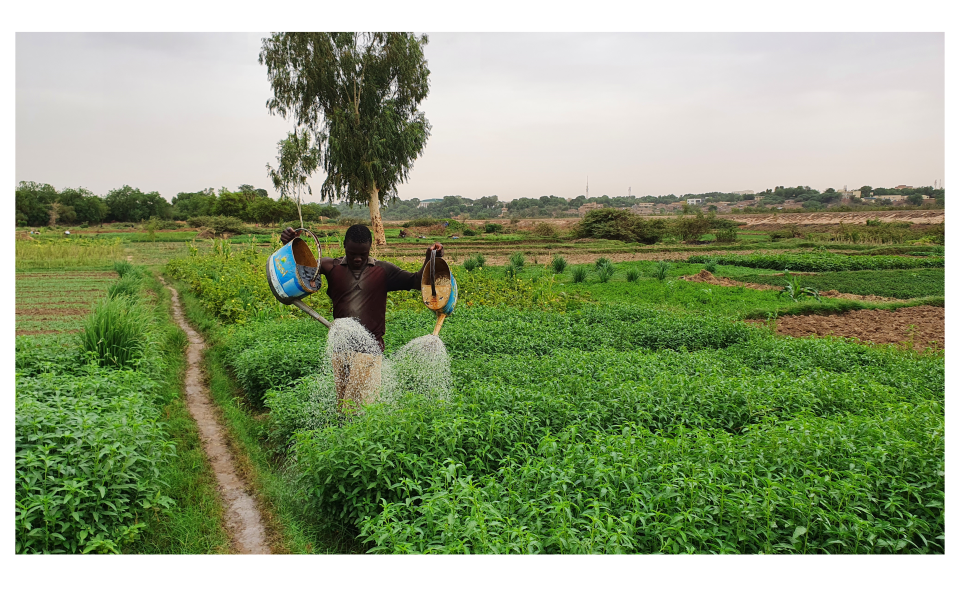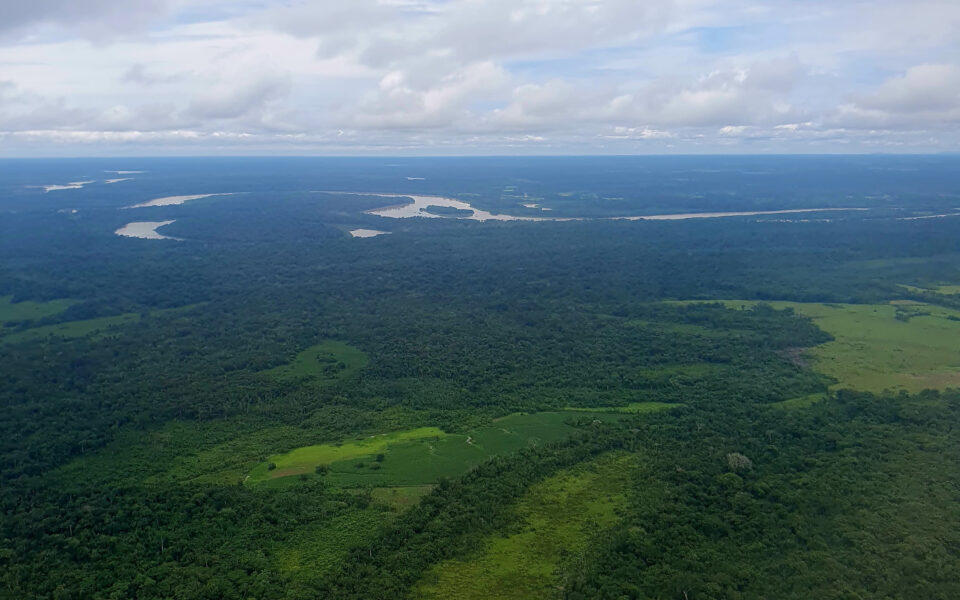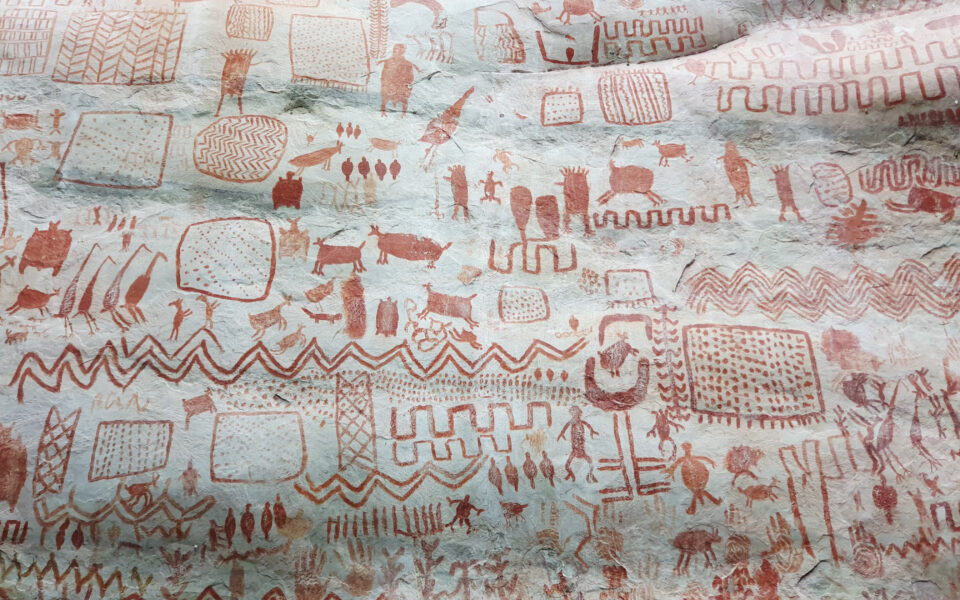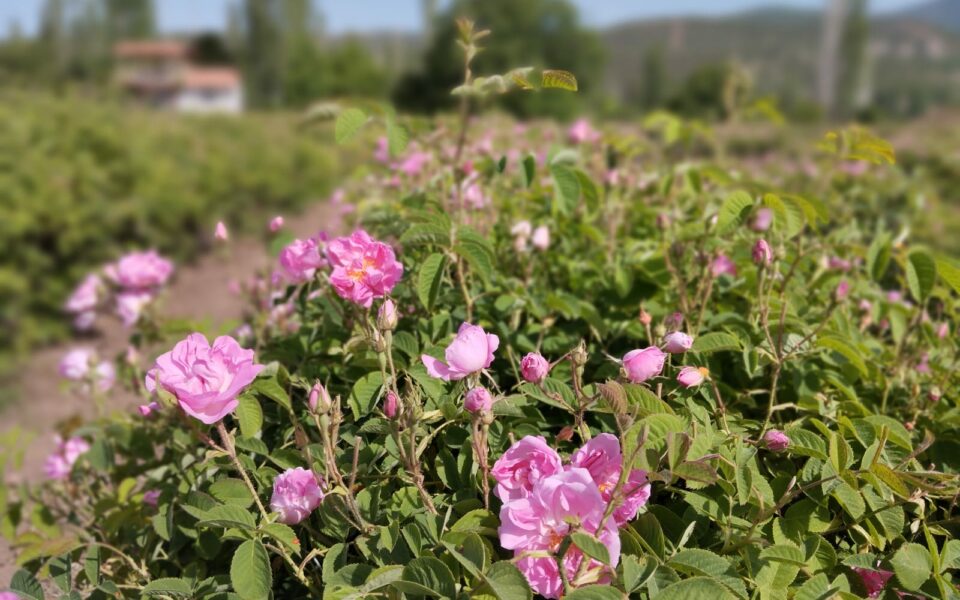News

2 November 2022
Market study for the financing of small-scale private irrigation in Niger
With temperatures rising 1.5 times faster than the global average, maximum temperatures exceeding 45 degrees Celsius, limited, decreasing and unpredictable rainfall, and an increase in multi-year droughts, Niger is on the frontline of climate change. However, the country has an irrigable potential of more than 10 million hectares, more than half of which is compatible with small-scale private irrigation, especially for vegetable production. The lack of accessible financial solutions, however, is a brake on investment for producers, and limits their ability to modernize their irrigation systems, which generally remain very artisanal (see photos)
SalvaTerra’s expertise was initially mobilized to study the existing and potential demand for irrigation solutions: identification of production and marketing methods of key crops, characterization of existing business models and actors for irrigation equipment, and evaluation of the costs and benefits of available irrigation technologies. In a second step, it was a question of analyzing the demand for potential by assessing the perceptions of farmers, equipment suppliers and other stakeholders on the different irrigation technologies, as well as their financial capacities and their conditions of access to finance.
A lire aussi...

10 Nov. 2025
Freiner la déforestation sur les fronts pionniers amazoniens
Dans le cadre de l’Évaluation au champ large (ECL) des interventions du Groupe AFD et du FFEM dans le biome amazonien, SalvaTerra et TERO ont rédigé pour l’Agence française de développement un nouveau numéro de la collection Questions de développement (QDD n°97 – octobre 2025), intitulé « Quels leviers pour freiner la déforestation sur les fronts pionniers en Amazonie ? ».

21 Oct. 2025
Évaluer 17 ans d’action française pour les forêts amazoniennes
Menée par le consortium SalvaTerra–TERO, l’Évaluation au champ large (ECL) analyse près de deux décennies d’interventions du Groupe AFD et du FFEM en faveur des forêts du biome amazonien, à travers 37 projets mis en œuvre dans huit pays. L’étude dresse un bilan inédit des approches françaises en matière de conservation, de bioéconomie et de gouvernance autochtone, et identifie les leviers pour renforcer leur impact à l’horizon 2030

14 Oct. 2025
Evaluation de conformité sociale et environnementale de la filière rose pour un sourcing durable en Turquie
En juin 2025, SalvaTerra a conduit une mission de diagnostic de la filière de la rose de Damas en Turquie et une évaluation des dernières avancées en matière de droits humains. Celle-ci a combiné une analyse documentaire approfondie, des visites de parcelles, et des rencontres avec l’ensemble des acteurs : travailleurs saisonniers, agriculteurs, collecteurs, coopératives, transformateurs, associations locales et ONG. Cette étude a permis de formuler un plan d’action pragmatique pour continuer à porter cette filière d’importance vers un modèle conciliant durabilité et éthique, en améliorant notamment les conditions de vie et de travail à l’amont et à l’aval.